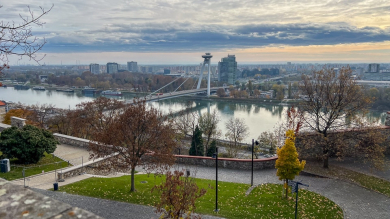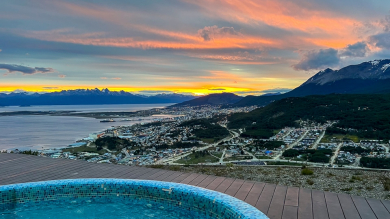The Inca Fortress at Sacsayhuaman, Peru
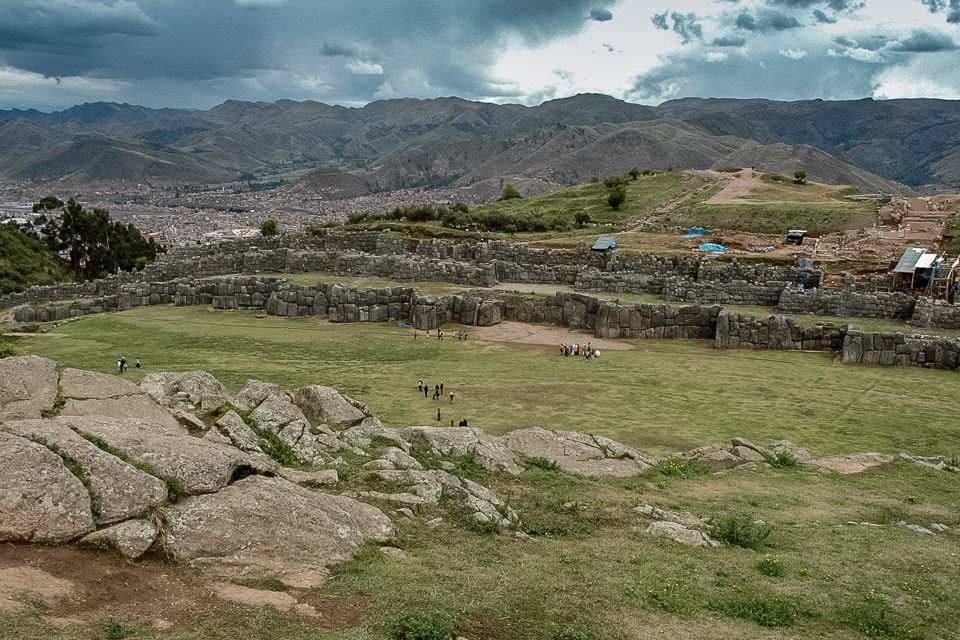
Before visiting the Sacred Valley of Peru, I highly recommend a book called The Last Days of the Incas by Kim McQuarrie. It makes traveling so much better when you know something about the history of what you’re looking at. It’s a terrific lot of historical research that reconstructs in great detail just how the Spanish destroyed the Inca empire, including the fortress of Sacsayhuaman, north of the city of Cusco. The story of Sacsayhuaman fits in beautifully as a footnote to Hiram Bingham’s accounts of his rediscovery of the Inca archaeological sites of the Sacred Valley, particularly Machu Picchu.
The basic story of the Inca-Spanish conflict is one that started out with trickery and treachery. Ostensibly, the Spanish, led by Francisco Pizarro, came in peace. Pizarro’s Spaniards lured the Inca emperor Atahualpa into a city they had occupied, then overpowered his guard and captured him. Most Americans have heard that Atahualpa, still not understanding the depth of Spanish greed and depravity, offered to fill a large room with gold and silver if the Spanish would agree to leave and free him. And, making a long story short, the Incas paid the ransom, denuding their kingdom of its decoration in the process (the Incas didn’t use gold for money, only as ornament of the nobility and of their temples to their sun god) and then the Spanish killed Atahualpa anyway and (eventually) appointed one of this brothers, Manco Inca, the puppet emperor.
Manco Inca went along with the Spanish for a while (he still hoped they’d leave when they had enough gold) but after one of the Pizarro brothers forcibly took his wife and threw him in chains, Manco Inca escaped (by promising to go get some more gold and bring it back to the Pizarros) and reconstituted the Inca army and tried to throw the Spaniards out of Peru.
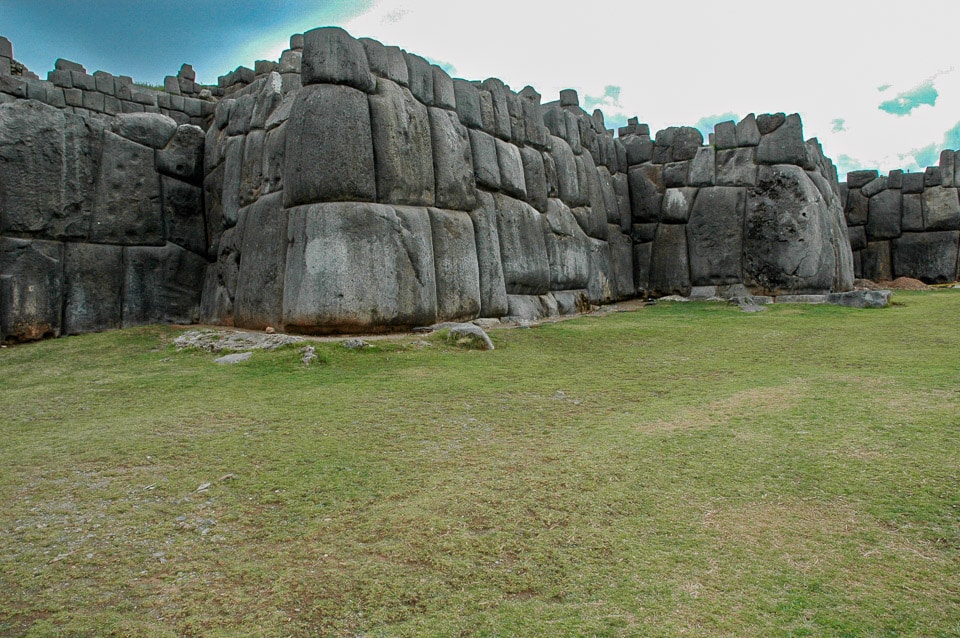
After knocking off most of the Spanish who had moved out into the countryside to better subjugate the Indians there, and killing most of the Spanish troops who’d been sent out of Cusco to subdue the rebellion, Manco Inca occupied the Inca fortress at Sacsayhuaman on the mountain above Cusco and laid siege to the Spaniards in the city at the bottom of the hill.
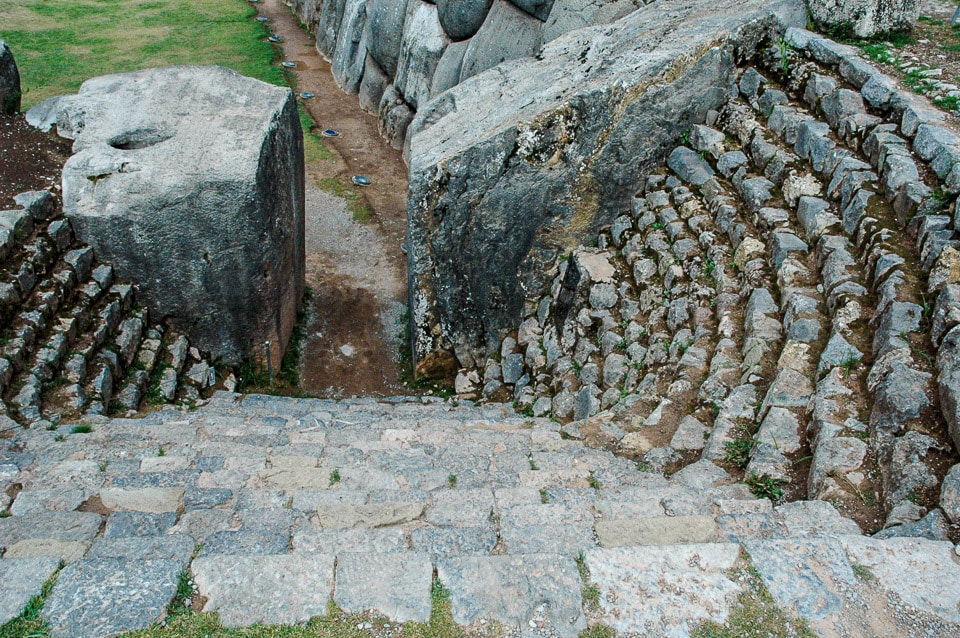
But after the Incas assaulted the city with thousands of troops, and pretty much burned it down, very few Spaniards were killed or dislodged. In fact, fifty Spaniards, led by Juan Pizarro, along with a few hundred Indian supporters, counterattacked up the hill to Sacsayhuaman, and defeated the Incas there. The Incas retreated to Ollantaytambo, but the Spanish occupied Sacsayhuaman, and eventually destroyed most of the fine stone buildings there and used the stone to build their own estates in Cusco and surrounding areas. At today’s archeological site, only only the base of the walls and the foundations of the towers that originally graced the city remain.
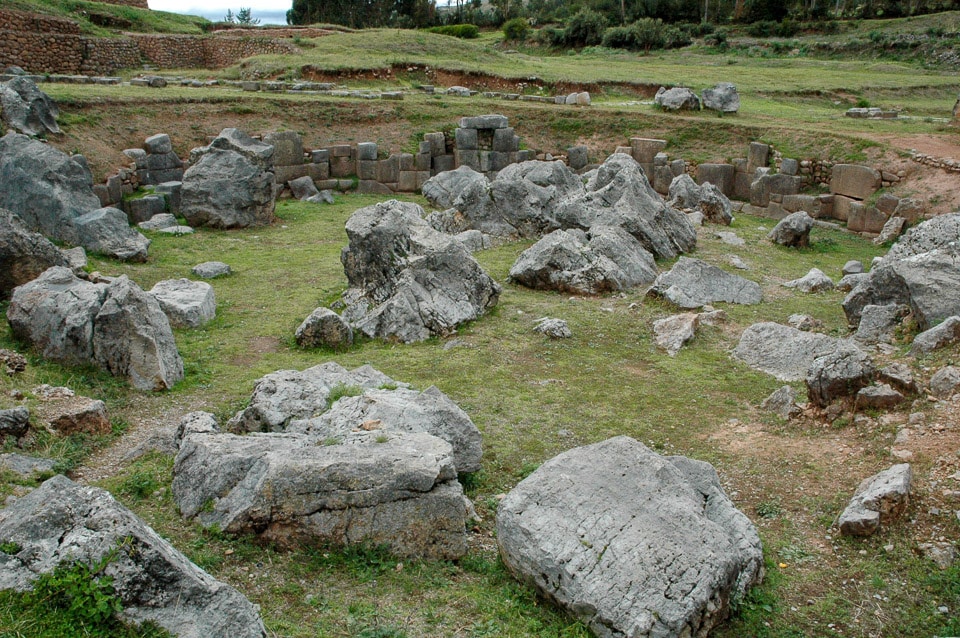
What is left now is the ruins of the three towers of the citadel at the top of the mountain, and most of the three tiered walls that the Spanish breached to get to the citadel. Also on the other side of the plain in front of the fortress walls is the temple area with the usual Inca mix of fine stonework merged beautifully with natural stones jutting from the earth. (The natural stones represent the Inca religious connection with the mountains.)
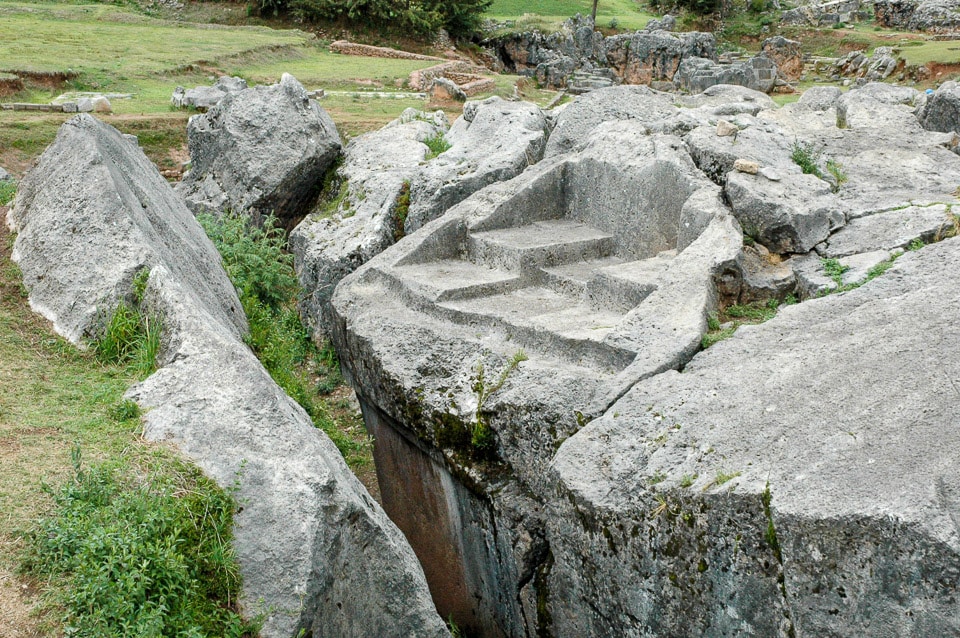
Sacsayhuaman is best visited while you are staying in Cusco. (There are also lots of other Inca sites in and around Cusco that you can see on a city tour.) If you are fit and acclimated to the altitude you can walk up the old Inca road to the site. If you aren’t up for the climb, you can take a taxi and walk back down. If you don’t want the walk, you can take a taxi back down, too. There are always one or two waiting in the site’s parking lot.
To visit Sacsayhuaman and the other sites, you’ll need a boleto turistico (a tourist ticket) which costs 130 soles (about $35) and is also good for all the sites around Cusco and in the Sacred Valley. It’s well worth it. If you show up without this ticket, you can buy one on the spot, but it will be a lot more expensive. (You have to buy the boleto turistico in Cusco. Ask at your hotel where to get it.)
To thoroughly visit the site, you’ll need at least two hours. If you haven’t done any reading beforehand, you might want to hire one of the tourist guides who hang out at the entrance. In general, they seem to really know their history and Inca lore, and the few dollars it will cost you is well worth it. (We’ve done the Inca sites both with and without guides. Our guides so far have been very good. The detail they know adds a lot to your appreciation of what you’re looking at. Also, if the guide has bothered to learn English, that probably means he’s a pro, and he’s also made the effort to learn his subject.)
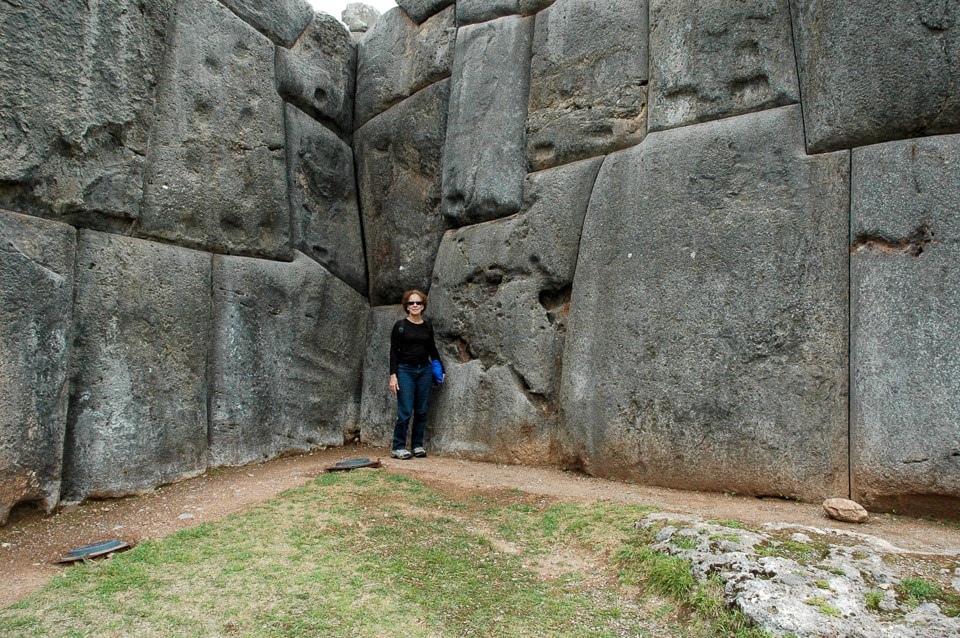
So, marvel at the size of the stones of the defensive walls, and realize why the Spanish didn’t bother to destroy them, too. And wonder at the skill of the civilization that could create such works of religion and civil engineering…and also wonder what was lost when the Spanish systematically destroyed them.
You can read more about the Sacred Valley of the Inca here.
Find a tour of Cusco and Sacsayhuaman here
You can find hotels in Cusco at Booking.com.
When you’re thinking of traveling, your first stop should be our Travel Resources page, where we list all the essentials you need to make your travels easier, cheaper, safer, and more fun.
You can also help yourself get ready for your travels by reading our Get Started Planning Your Trip Now page.
We love traveling–with the right gear. We’ve gathered a lot of the stuff we use to make travel more pleasant and efficient all on one page. Shop our Travel Past 50 Amazon page to find our favorite gear. If you purchase something from the store, Travel Past 50, as an Amazon affiliate, may receive a small commission at no extra charge to you. Thanks.
We never leave home without our travel insurance. Nor should you. Search for the travel insurance from Allianz that best meets your needs, whether it be an annual plan or a single trip.
You can see (and buy prints) of most of our travel photos in one place on this page.
Note: This post and other posts on TravelPast50.com may contain paid or affiliate advertising links. As an Amazon Associate we earn from qualifying purchases.
Editor’s Note: Today’s guest column on the potential for a “business bonanza” in 2025 comes from Manward Press Chief…
Copyright © 2025 Retiring & Happy. All rights reserved.



